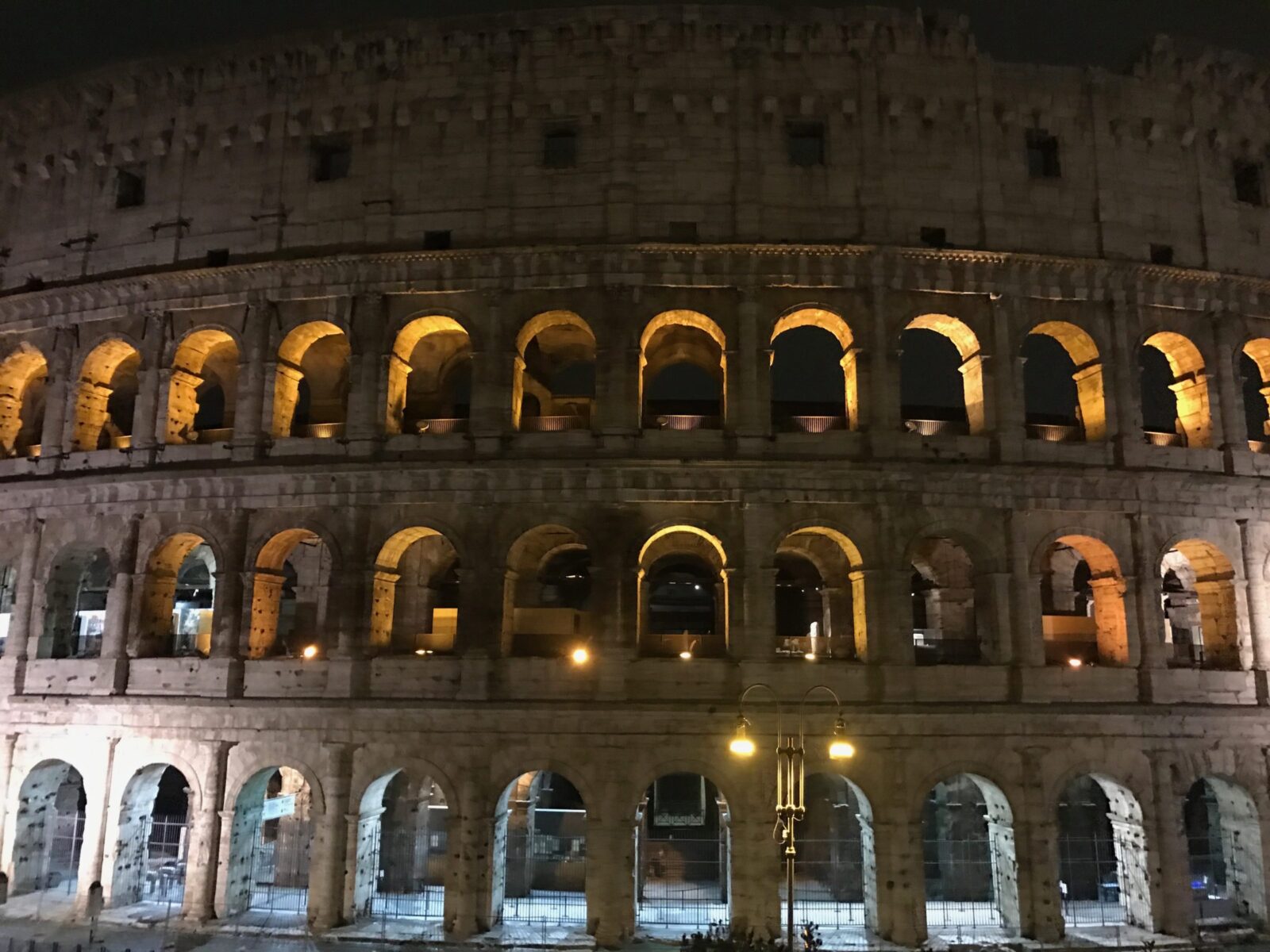North Parker Noor Alyasiry Studies Abroad on Two Prestigious Scholarships
North Park senior Noor Alyasiry received two prestigious scholarships to study abroad this past summer: the Benjamin A. Gilman International Scholarship and the Fund for Education Abroad.
North Park senior Noor Alyasiry received two prestigious scholarships to study abroad this past summer: the and the . As Noor prepared her applications for study abroad, she wasn’t sure how she would source the travel funds. Study Abroad Advisor Tessa Zanoni stepped in to help Noor identify and secure the scholarships she needed.
Tessa knew that as a commuter student, Muslim American woman, and pre-med biology major, Noor would be a strong applicant for the prestigious Gilman International Scholarship — a US Department of State grant with a focus on supporting students who have been historically underrepresented in education abroad. Similarly, the Fund for Education Abroad, while selecting from a competitive application pool, was a strong match for Noor’s qualifications and needs.
Tessa was also able to assist Noor in choosing the best study abroad program for her. Noor was set to graduate in December 2019, so her study abroad courses needed to match her final credit requirements. “Tessa gave me hope and reassurance about the applications and essays.” said Noor. “She always had time to see me and was with me throughout the entire process, checking classes to ensure they met my requirements.”
Noor chose to study at the American College of Greece, one of few schools that she found to offer upper level biology courses during the summer term. Noor would attend the college along with a group of students from across the globe, experiencing Greece and its culture together. “It was a big culture shock when I first arrived there. Not everyone spoke English, so it was a bit of a roadblock. We were able to communicate with locals through hand gestures, so it worked out in the end.”
Along with the culture shock came Noor’s first truly independent experience. Traveling on her weekends breaks, Noor visited Rome, Paris, Vienna, Cairo, Amsterdam, Frankfurt, Barcelona, and more. “My favorite place was Amsterdam. Although we walked 12 miles that day, it was amazing.” It was travelling from city to city, country to country that helped Noor become more independent quickly. “I benefited a lot from the trips because we had to control it ourselves. Being on my own made me more independent.”
Noor attributes much of her decision to study abroad to the support she received from ������’s Office of International affairs. “Tessa was a big part of it all. If it wasn’t for her support, the scholarships would have seemed out of reach.” The support didn’t stop after Noor began her journey to Greece, as Tessa continued to check in with her throughout the summer.
Noor is now busy in her last semester and getting ready to take the next steps towards becoming a physician: studying for the MCAT and applying to medical school. Looking back at her time at North Park, Noor is grateful for the experiences that have prepared her for what’s next. “I came to ������ last minute, and when I got here it felt like the best decision of my life.”
You can read more about Noor’s summer travels on her .



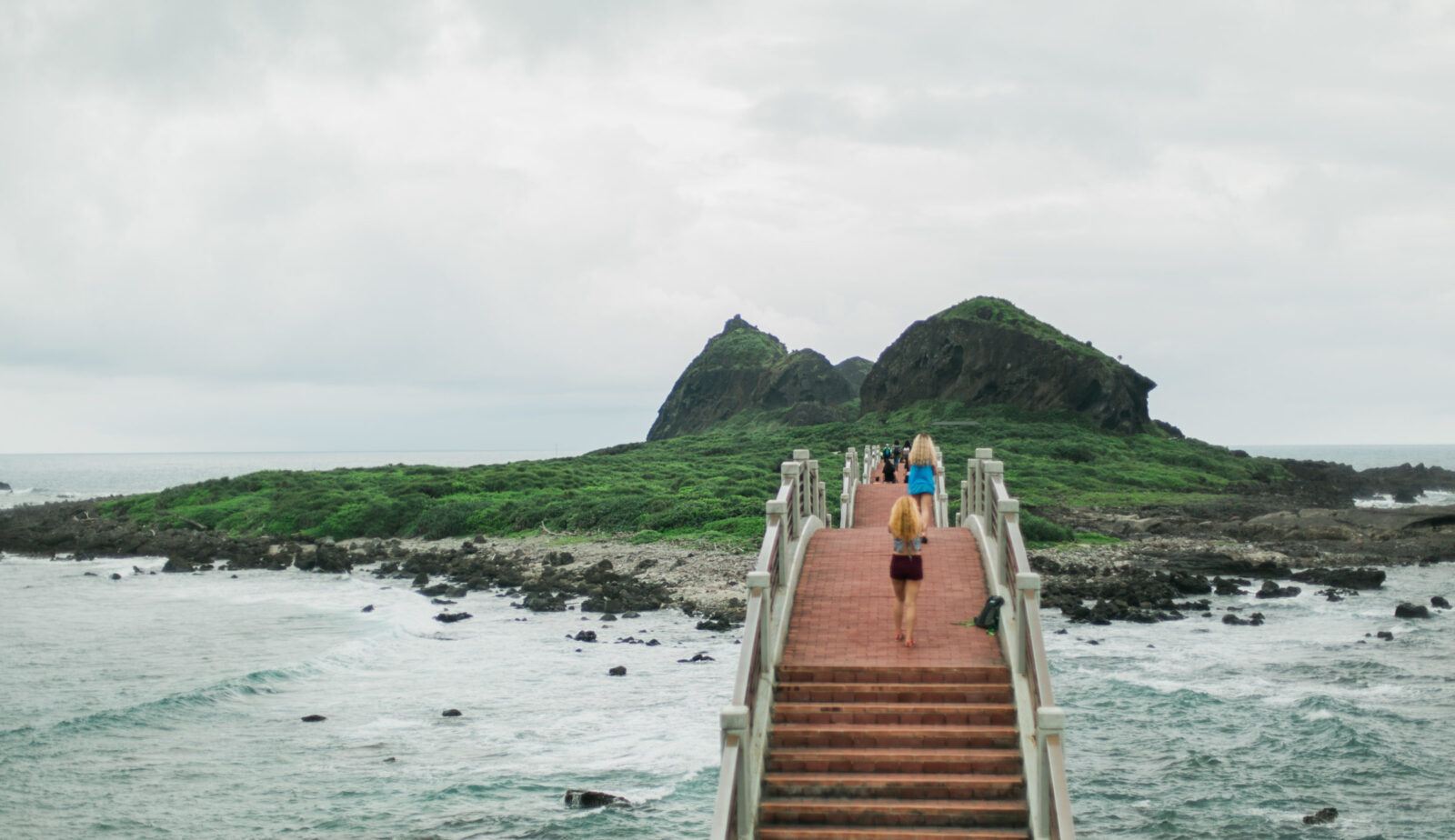
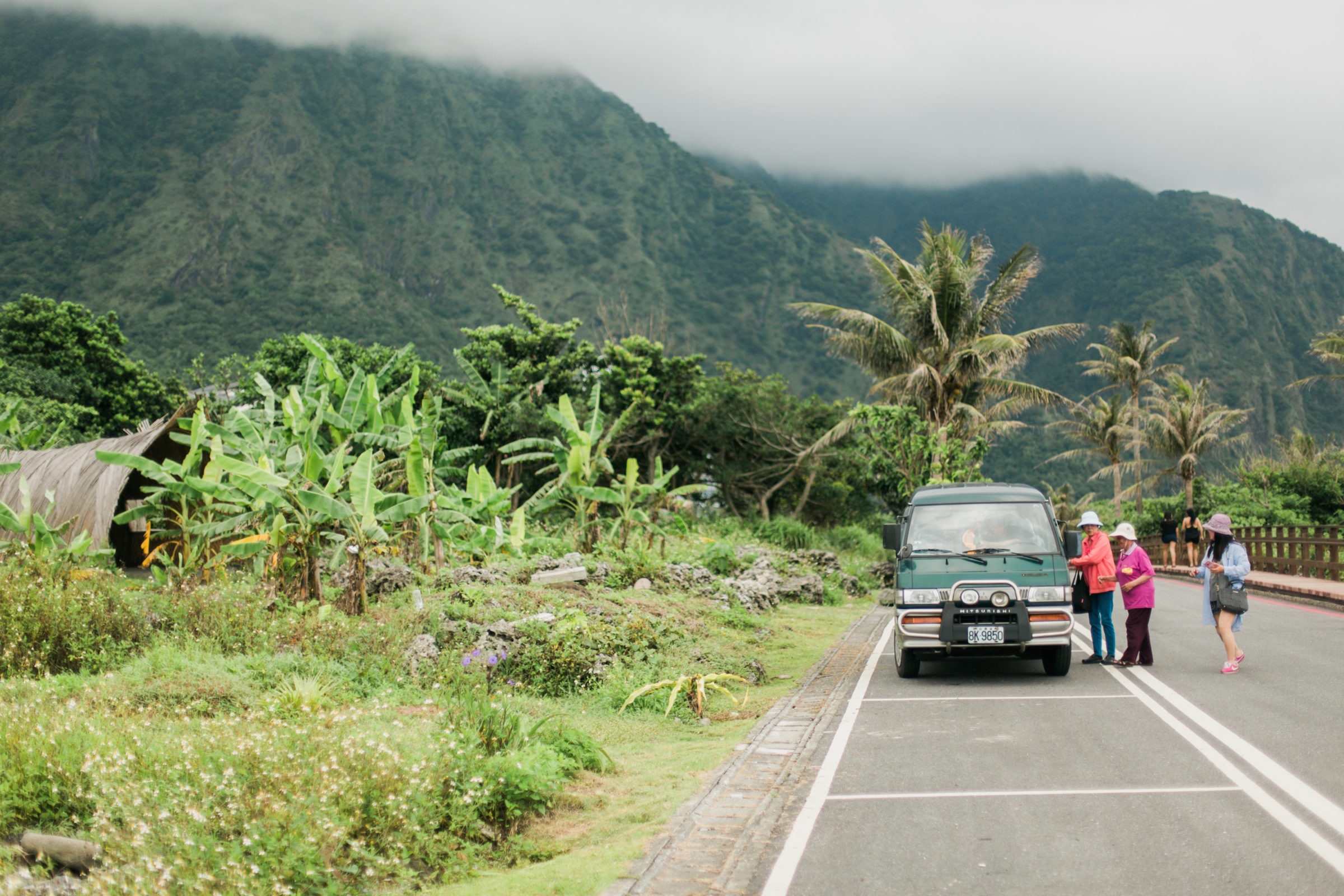
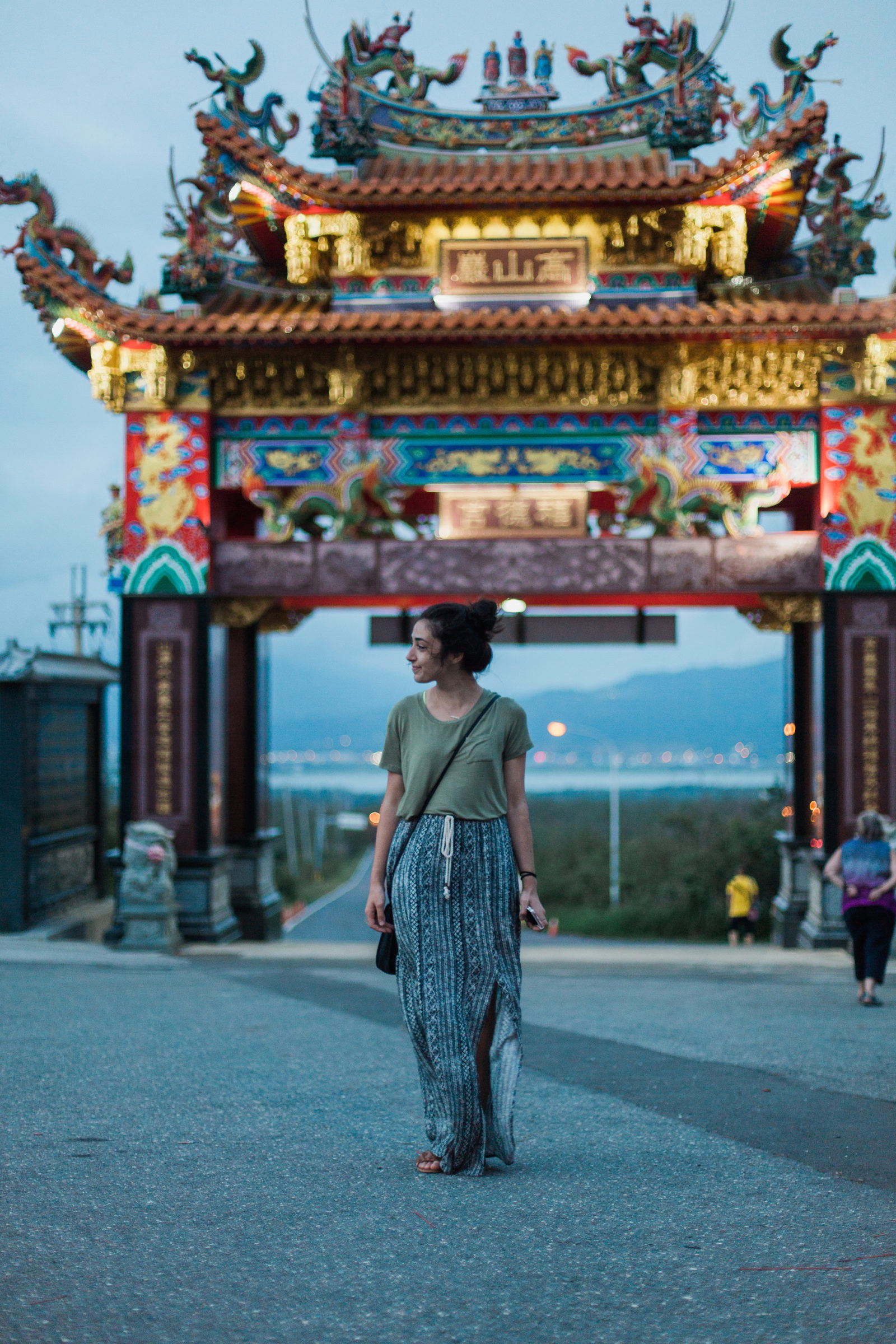
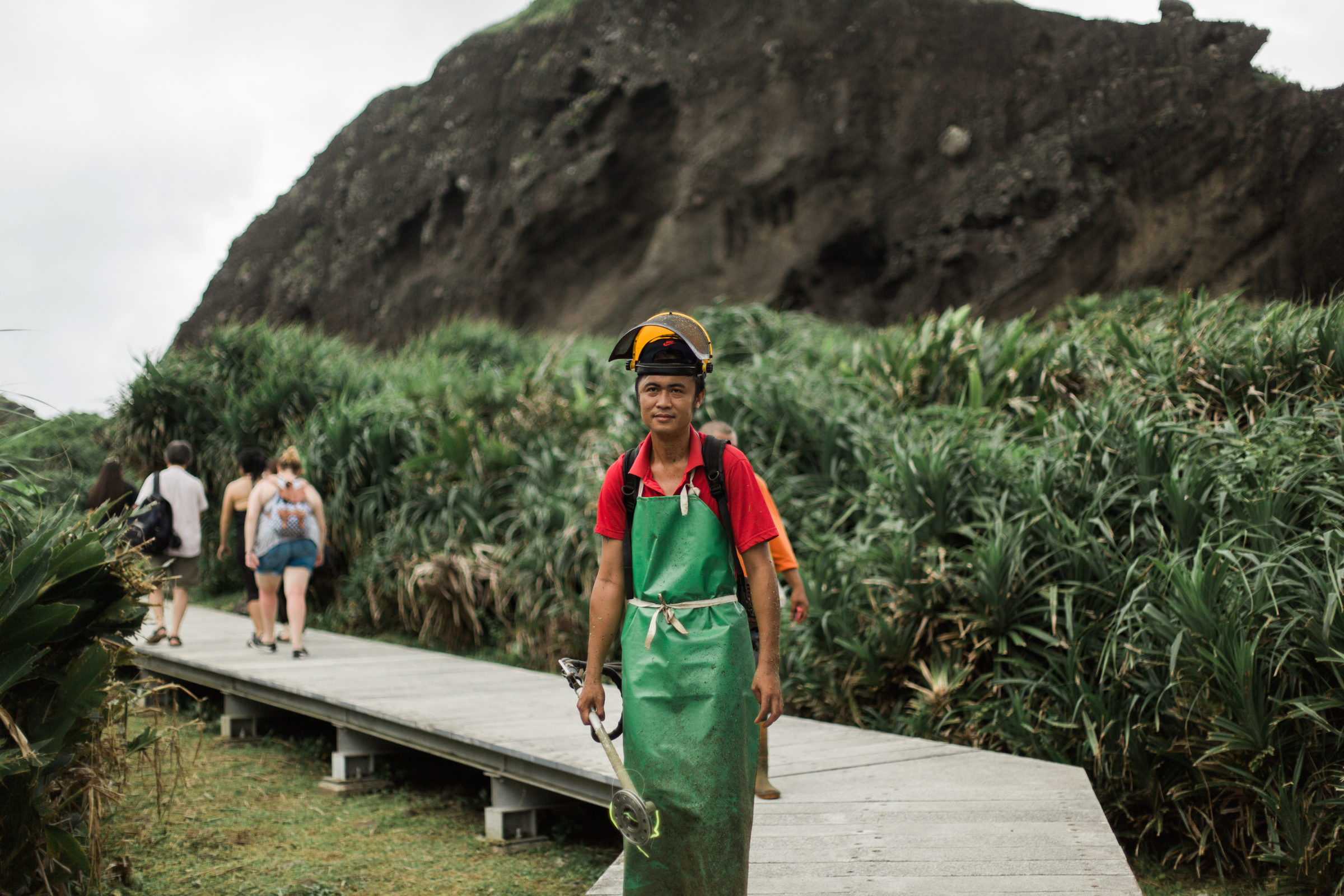


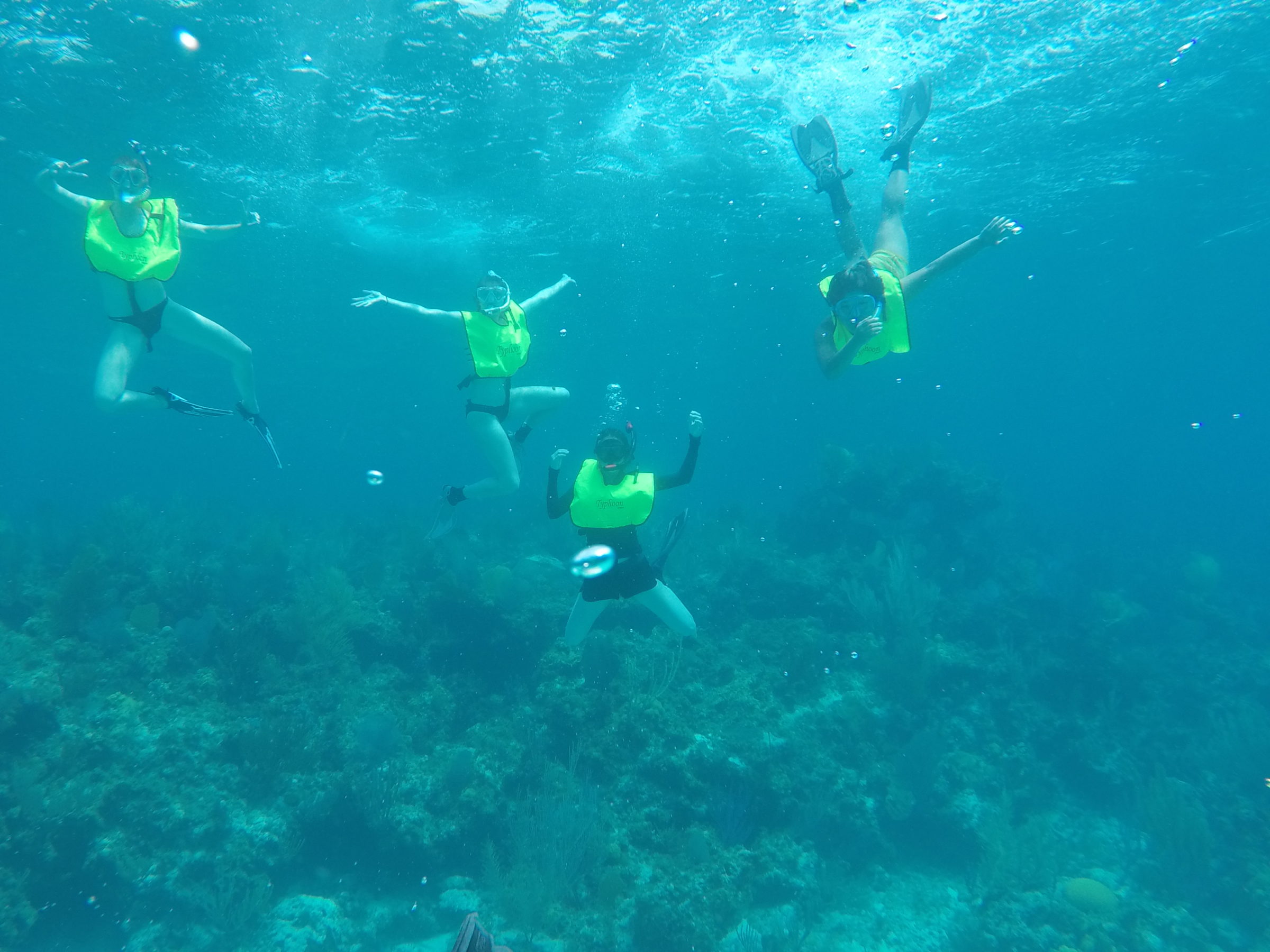
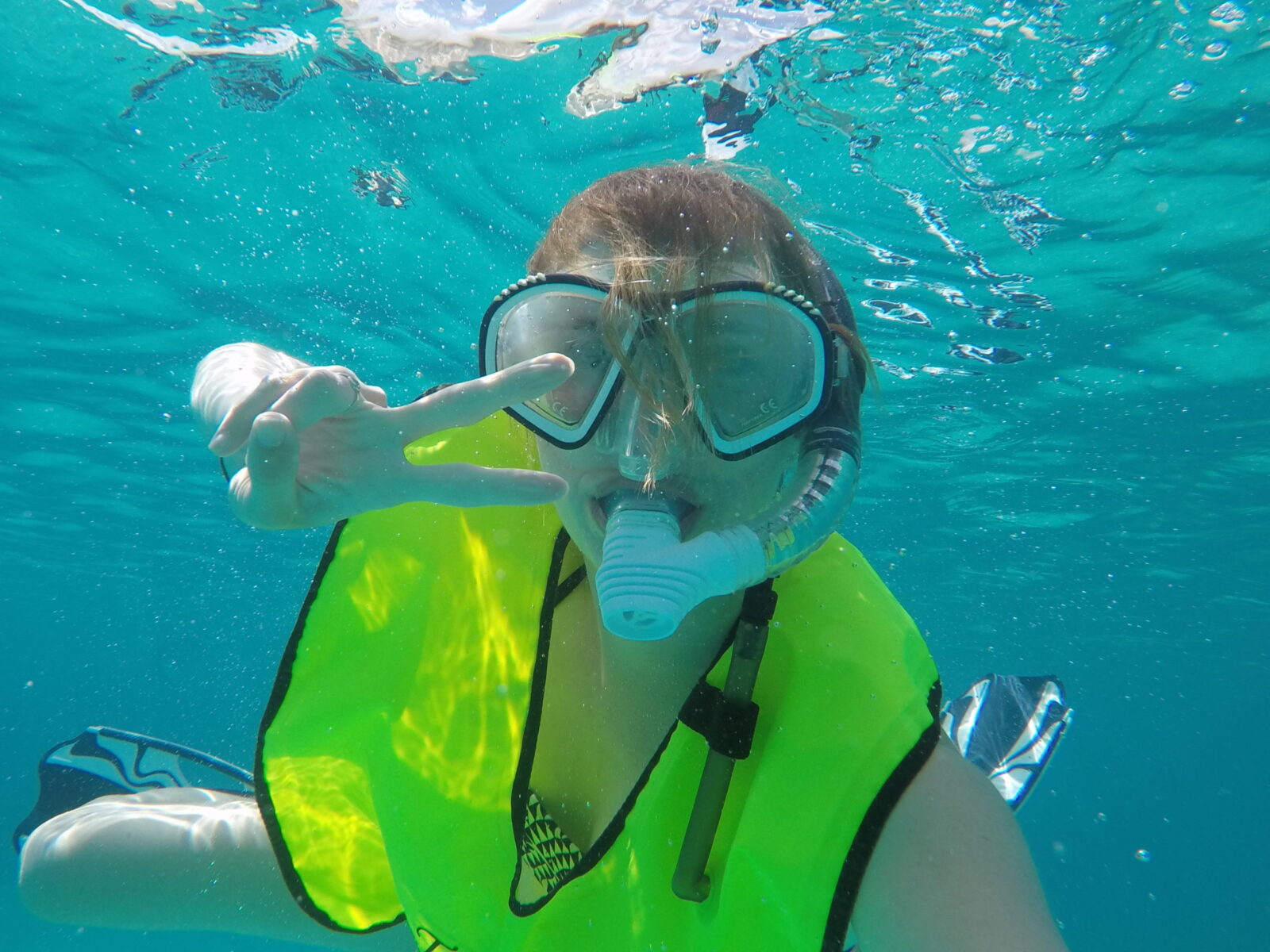

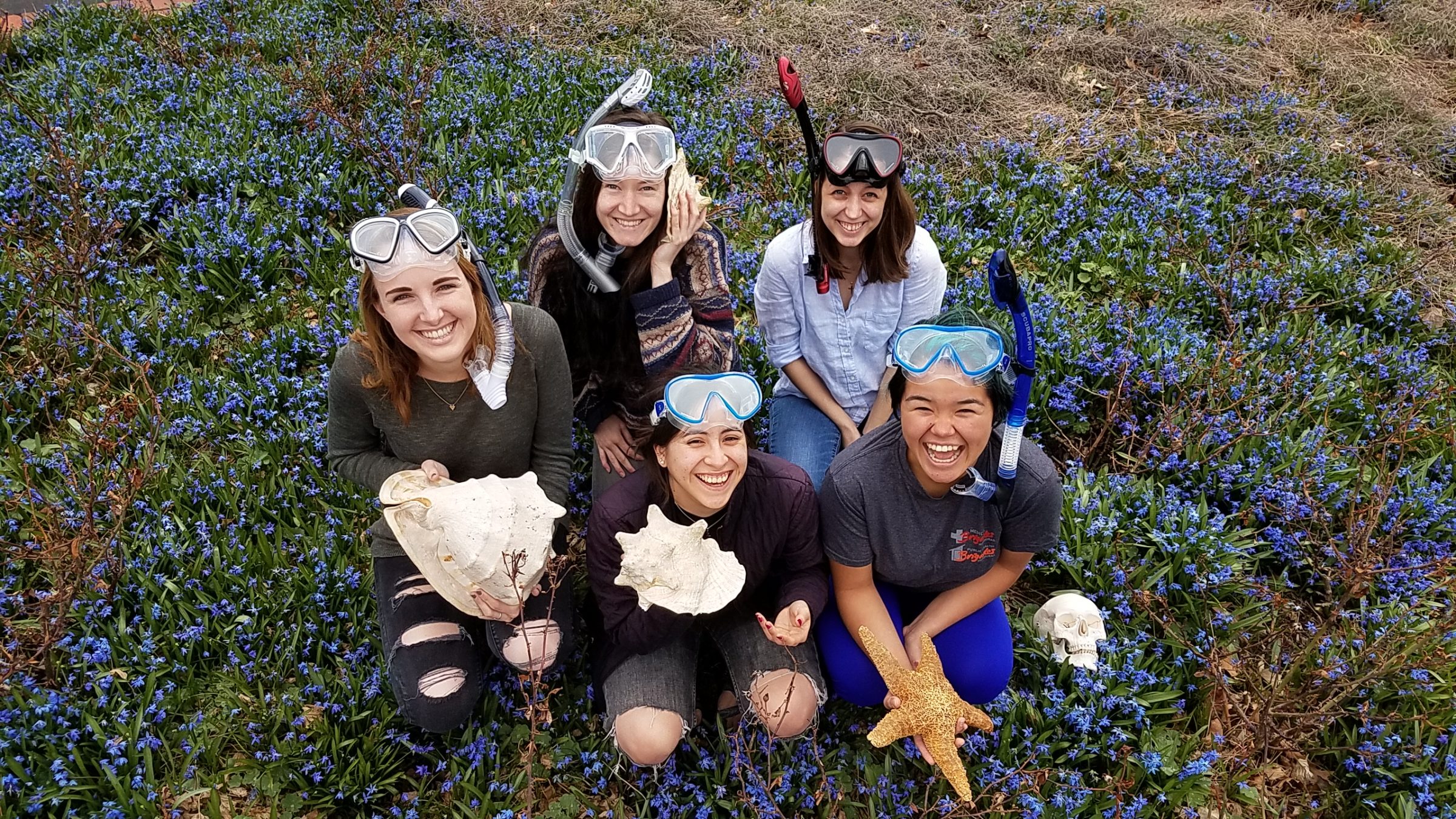
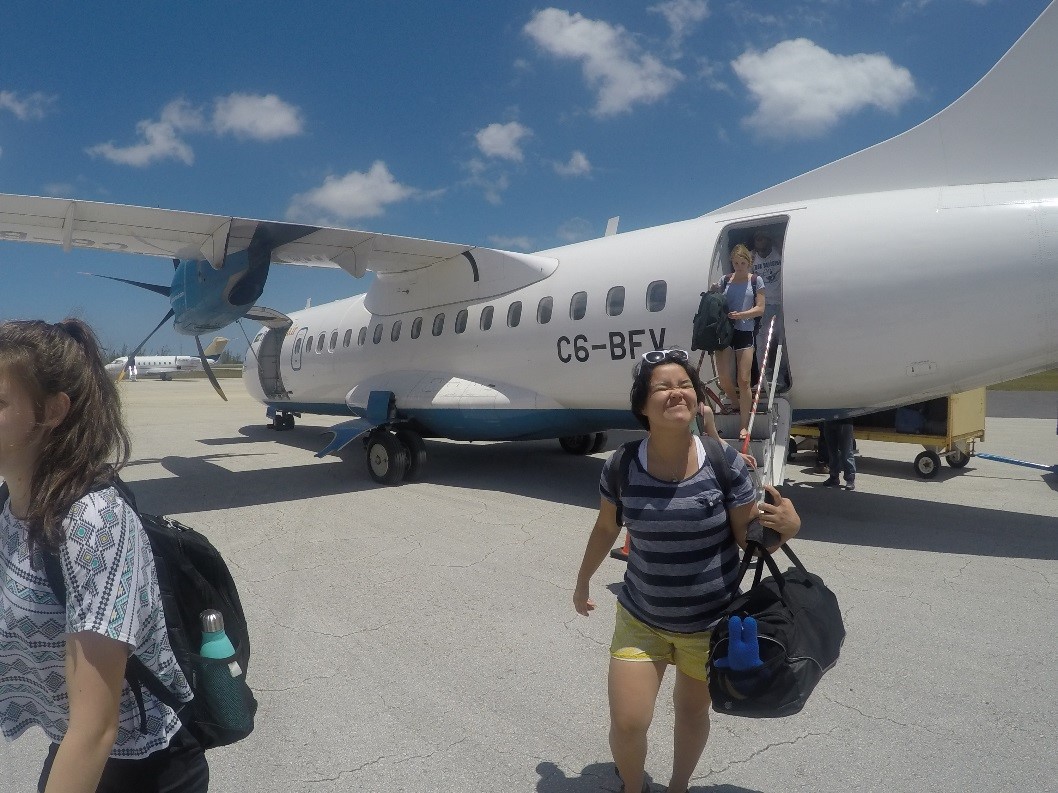
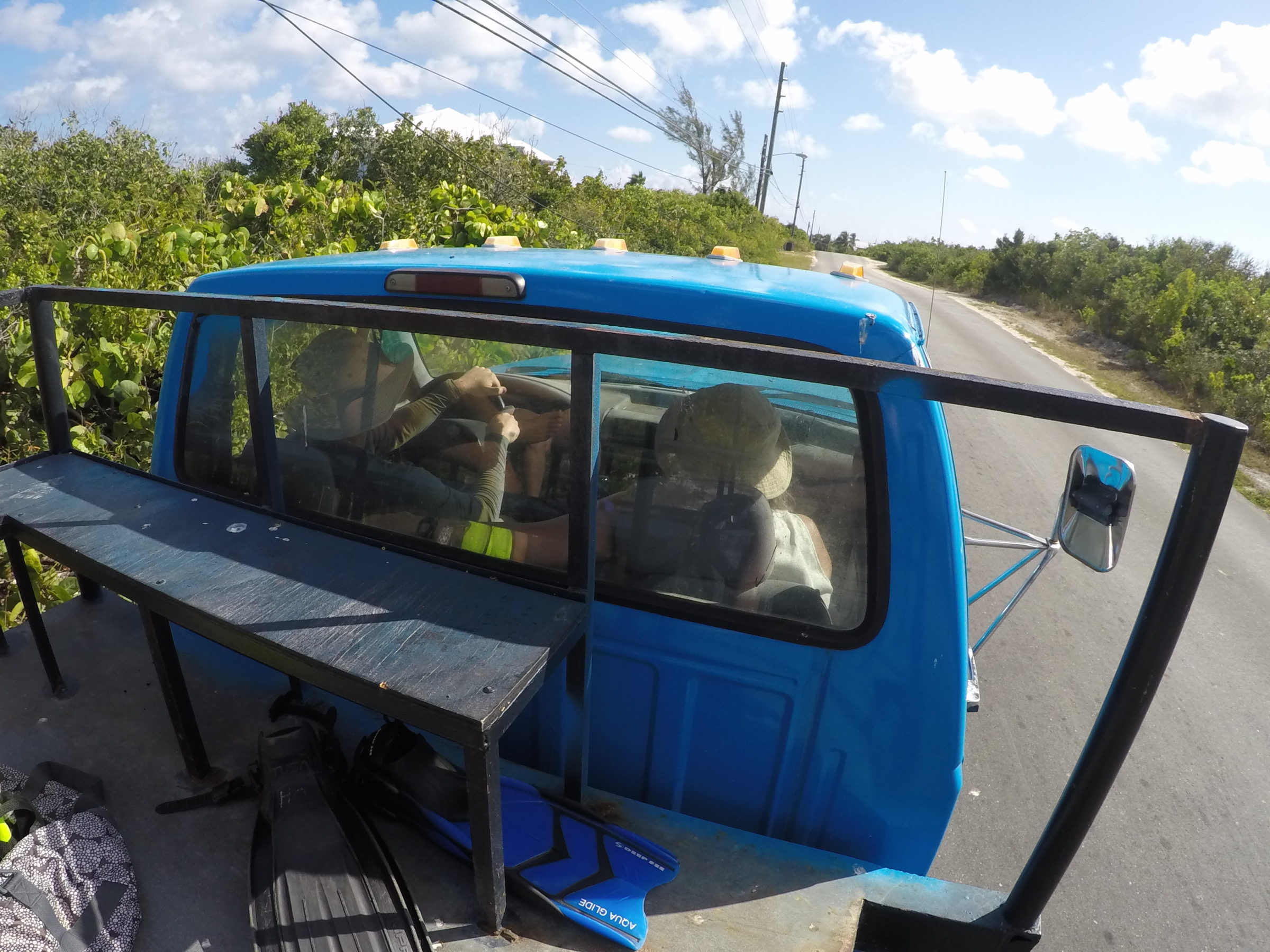

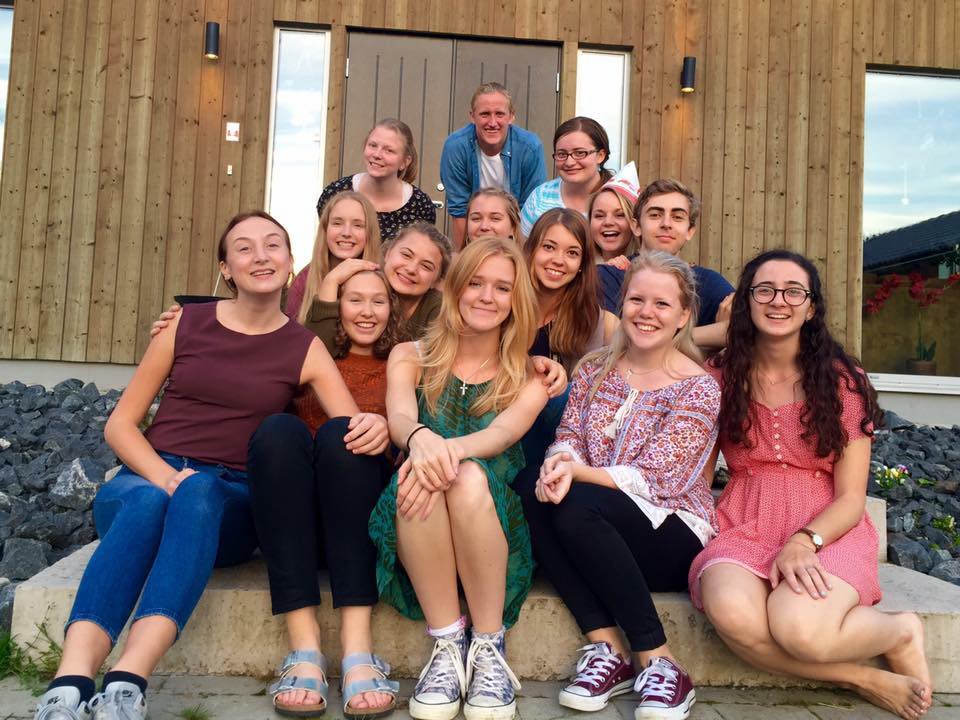
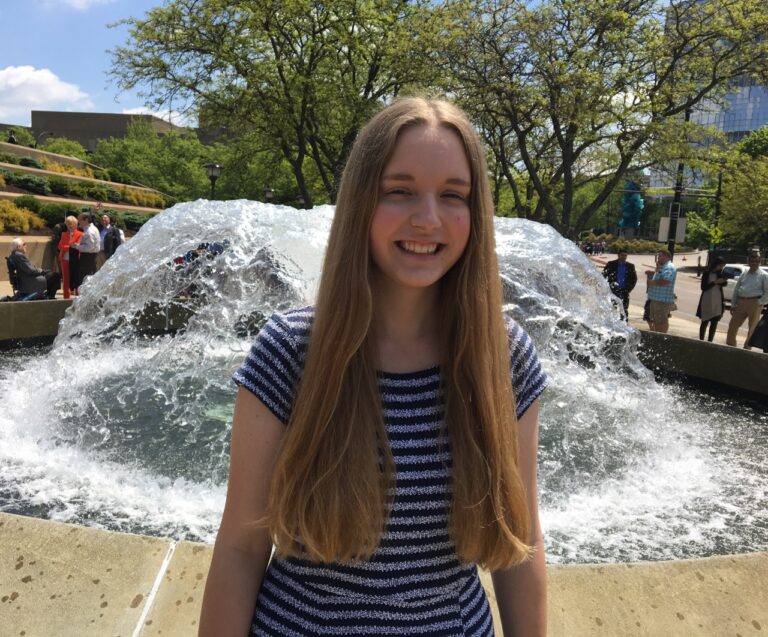
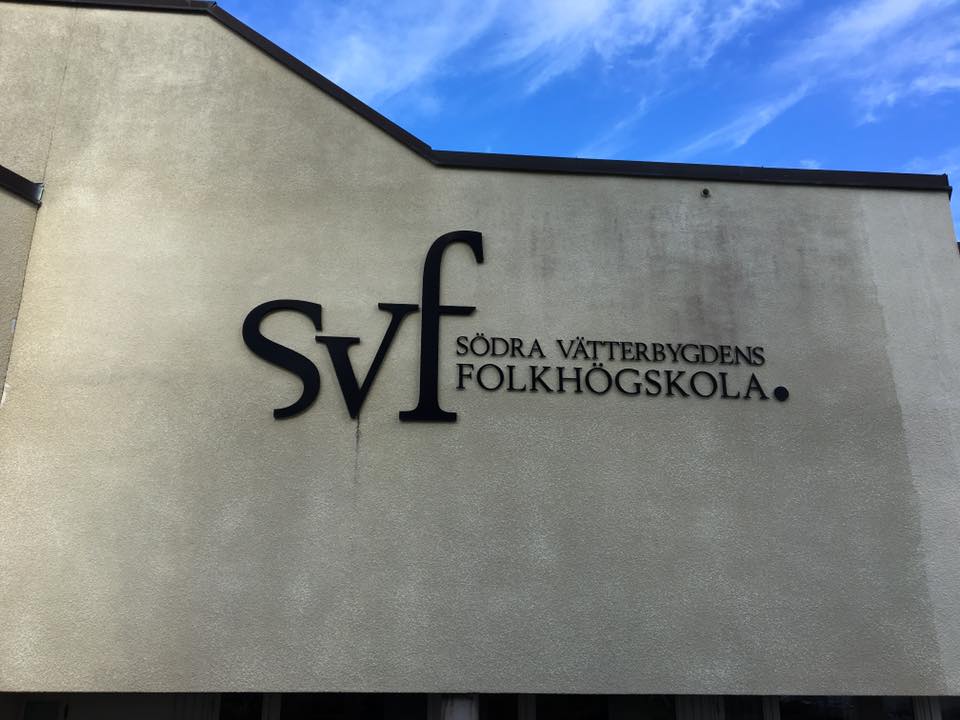 Upon my return from studying at SVF in Sweden, I was frequently asked the convenient conversation starter, “How was Sweden?” To which I found myself providing a variety of answers. I openly shared personal details and anecdotes with some people, while shielding aspects of my experience with others. No one knows the true story of my time in Sweden–not even me. It already feels like a distant memory. I look at the photos see the familiar faces of the friends I spent both the most rewarding and challenging four months of my life–and it just doesn’t feel real. I have pictures of me standing in front of the Eiffel Tower, the Roman Colosseum, and Big Ben, but I am still struggling to process the fact that I was there just a few months ago. I spent a semester on another continent, in a different country, learning an unfamiliar language, and eating cultural food; however, since I’ve been back at North Park, that experience has felt like more of a fantastical adventure. And in a way, it was. I was living in a dream–my childhood dream of traveling Europe. It was euphoric, incredibly brilliant, simply life-changing. But it was also taxing, strenuous, and exhausting.
Upon my return from studying at SVF in Sweden, I was frequently asked the convenient conversation starter, “How was Sweden?” To which I found myself providing a variety of answers. I openly shared personal details and anecdotes with some people, while shielding aspects of my experience with others. No one knows the true story of my time in Sweden–not even me. It already feels like a distant memory. I look at the photos see the familiar faces of the friends I spent both the most rewarding and challenging four months of my life–and it just doesn’t feel real. I have pictures of me standing in front of the Eiffel Tower, the Roman Colosseum, and Big Ben, but I am still struggling to process the fact that I was there just a few months ago. I spent a semester on another continent, in a different country, learning an unfamiliar language, and eating cultural food; however, since I’ve been back at North Park, that experience has felt like more of a fantastical adventure. And in a way, it was. I was living in a dream–my childhood dream of traveling Europe. It was euphoric, incredibly brilliant, simply life-changing. But it was also taxing, strenuous, and exhausting.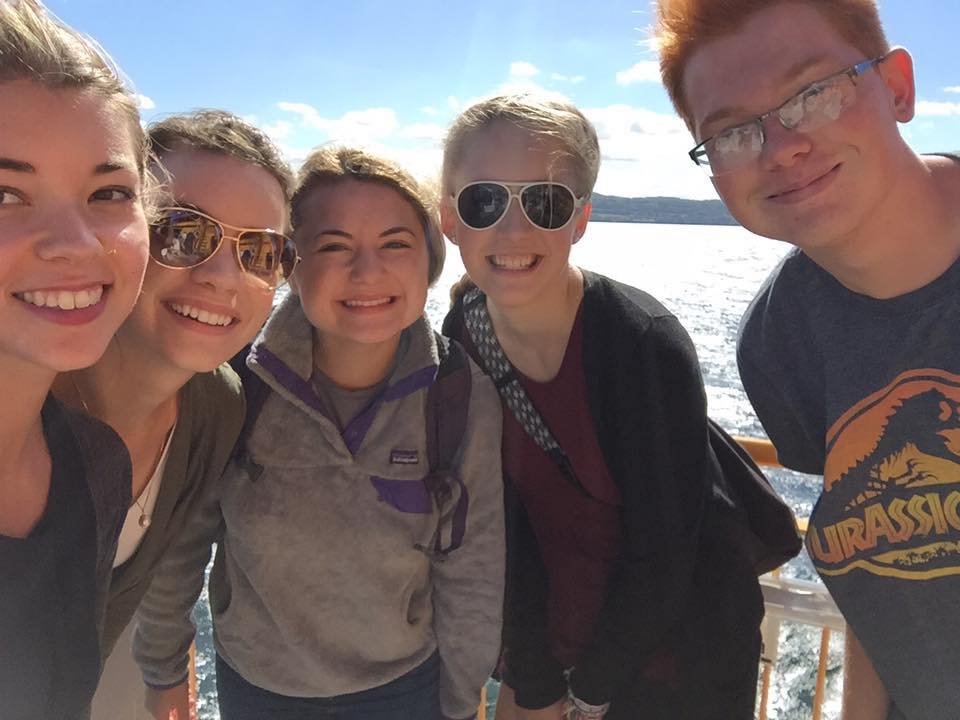 With each passing day, I appreciated the country and culture of Sweden, along with my overall experience, more and more. I appreciated walking out of my dorm every morning to see the sun rising over the city of Jönköping and Lake Vättern, Friday fika and Ica runs, the peace and quiet of SVF, having late night talks with my roommate, FaceTiming my family from the basement of my dorm at midnight, Pepparkakor and glögg, having to use a converter whenever I needed to charge my phone, daily morning fika, and having to wear reflective bracelets to avoid being hit by cars since it would get dark by 3:00. It would’ve been so easy to take the little things for granted, but the little things are what made the opportunity so special.
With each passing day, I appreciated the country and culture of Sweden, along with my overall experience, more and more. I appreciated walking out of my dorm every morning to see the sun rising over the city of Jönköping and Lake Vättern, Friday fika and Ica runs, the peace and quiet of SVF, having late night talks with my roommate, FaceTiming my family from the basement of my dorm at midnight, Pepparkakor and glögg, having to use a converter whenever I needed to charge my phone, daily morning fika, and having to wear reflective bracelets to avoid being hit by cars since it would get dark by 3:00. It would’ve been so easy to take the little things for granted, but the little things are what made the opportunity so special.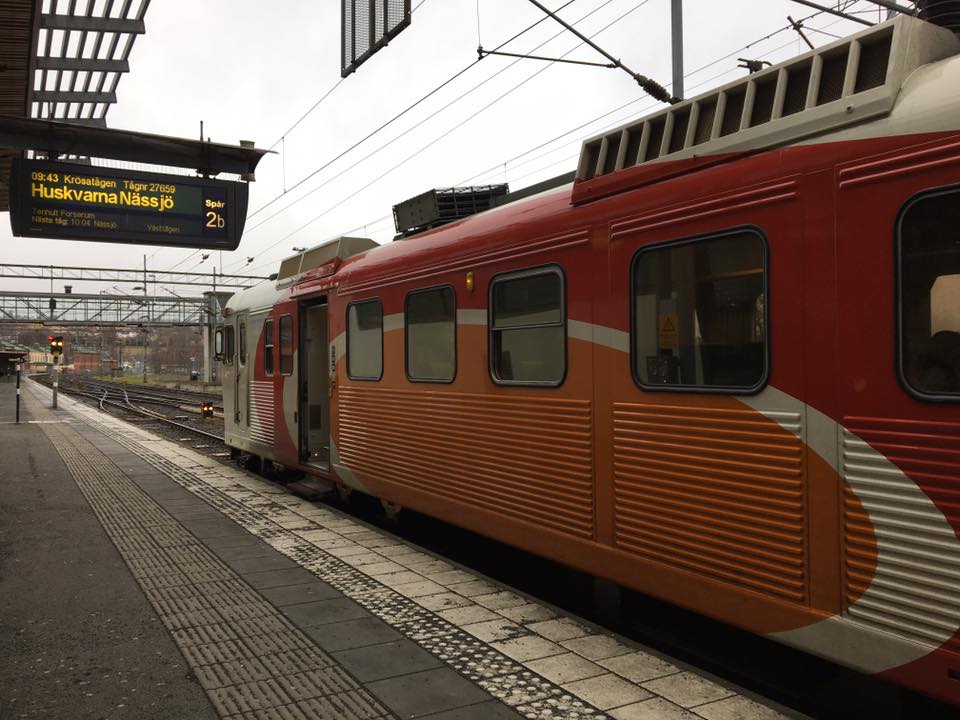 Studying abroad pushed me to grow in ways I hadn’t anticipated beforehand. I grew in my confidence and independence, and I learned to rely on myself in a whole new way. It was the longest I have ever been away from my family, meaning that I had to accept the fact that I couldn’t always rely on them to hold my hand. Apart from relying on myself, I also had to rely more heavily on those around me. I had to accept the fact that I needed to place my trust in my peers and to accept the idea of vulnerability. Sweden did leave me vulnerable—vulnerable and raw, my protective walls peeled away. Shedding these skins hurt, but it allowed new ones to replace the old, and these new skins have made me stronger and more resilient than ever before. And I owe all of this change to my decision to leave my comfort zone and take on an adventure of a lifetime, my adventure in Sverige.
Studying abroad pushed me to grow in ways I hadn’t anticipated beforehand. I grew in my confidence and independence, and I learned to rely on myself in a whole new way. It was the longest I have ever been away from my family, meaning that I had to accept the fact that I couldn’t always rely on them to hold my hand. Apart from relying on myself, I also had to rely more heavily on those around me. I had to accept the fact that I needed to place my trust in my peers and to accept the idea of vulnerability. Sweden did leave me vulnerable—vulnerable and raw, my protective walls peeled away. Shedding these skins hurt, but it allowed new ones to replace the old, and these new skins have made me stronger and more resilient than ever before. And I owe all of this change to my decision to leave my comfort zone and take on an adventure of a lifetime, my adventure in Sverige.
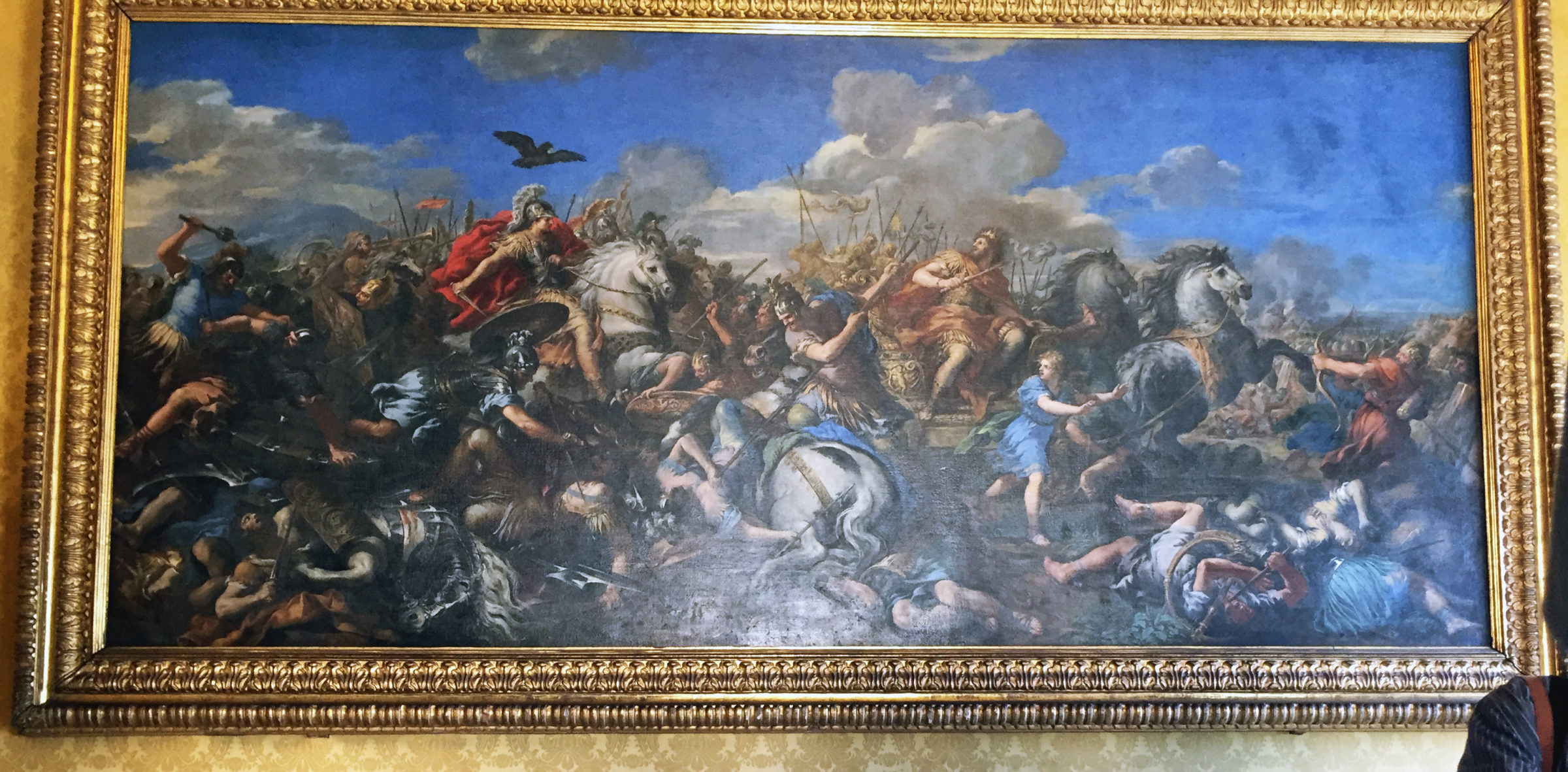 Take the painting by Pietro Aquila, for instance. Located in the Room of Triumphs in
Take the painting by Pietro Aquila, for instance. Located in the Room of Triumphs in Before I go, I want to share my favorite painting with you; it’s the fresco of the riot between Pompeiians and Nucerians, 59 A.D., Pompei, Volume IV, plate XXXII by Fausto and Felice Niccolini. This is an illustration of a riot that occurred outside of the amphitheater in Pompeii in 59 CE, speculated to have been between organizations from different towns. It’s distinctive because the artist decided to paint this event rather than a gladiatorial fight, which was the most common use of the amphitheater. They’re also what you’d assume people would want to remember in a painting. It may be that the artist was connected to the riot somehow. The piece takes a bird’s eye perspective which removes the artist from the scene, whether that be to distance themselves to not be triggered by the event or because they were not there, I cannot say. It also is very spread out; each brawl and element are separated from each other, this is very different from the other art we saw during this time and that made it even more interesting. It is just so cool!
Before I go, I want to share my favorite painting with you; it’s the fresco of the riot between Pompeiians and Nucerians, 59 A.D., Pompei, Volume IV, plate XXXII by Fausto and Felice Niccolini. This is an illustration of a riot that occurred outside of the amphitheater in Pompeii in 59 CE, speculated to have been between organizations from different towns. It’s distinctive because the artist decided to paint this event rather than a gladiatorial fight, which was the most common use of the amphitheater. They’re also what you’d assume people would want to remember in a painting. It may be that the artist was connected to the riot somehow. The piece takes a bird’s eye perspective which removes the artist from the scene, whether that be to distance themselves to not be triggered by the event or because they were not there, I cannot say. It also is very spread out; each brawl and element are separated from each other, this is very different from the other art we saw during this time and that made it even more interesting. It is just so cool!